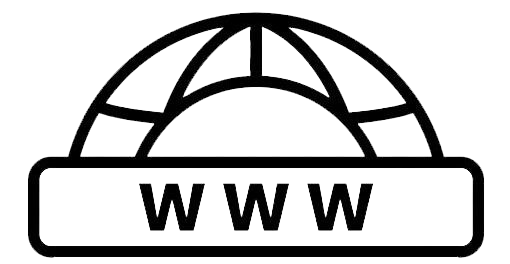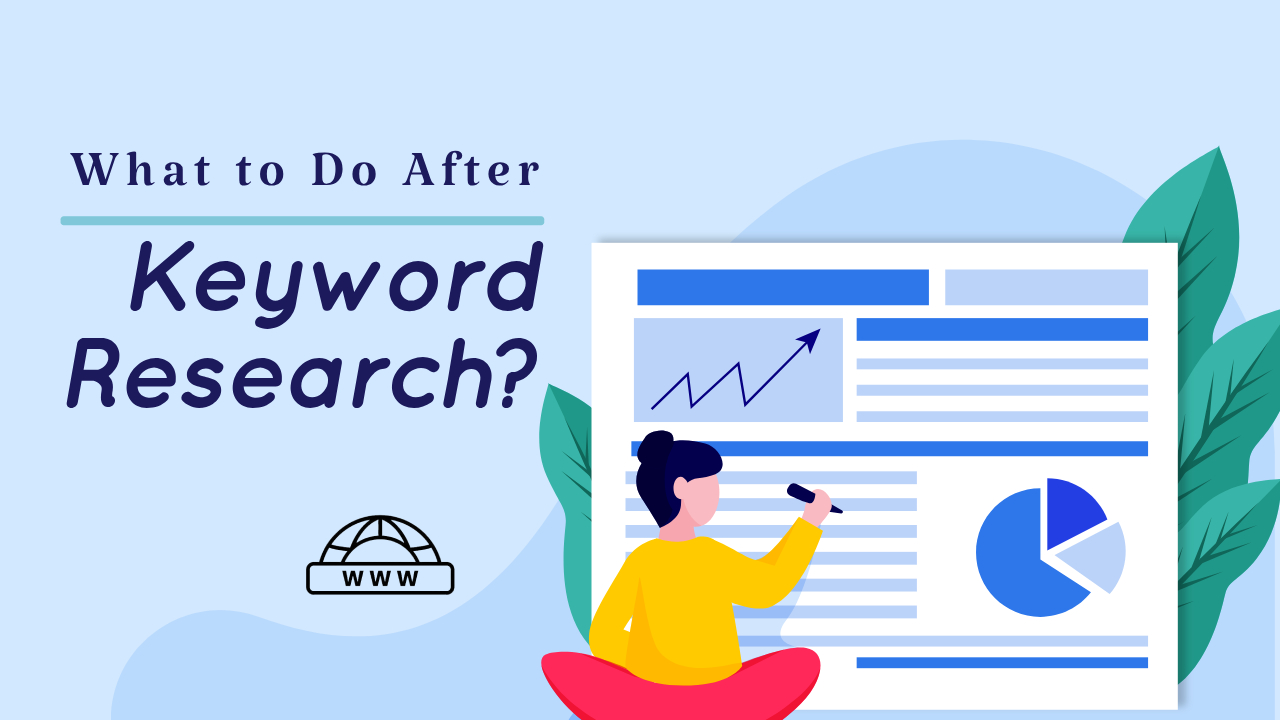Struggling to get your website noticed in the crowded digital landscape? Imagine driving high-quality traffic to your site without spending a fortune on ads. A well-balanced SEO strategy can make this possible. In 2023, businesses with effective SEO strategies saw a 53% increase in organic traffic. Picture your website climbing the ranks and attracting genuinely interested visitors. Balancing SEO elements, from high-quality content to technical optimizations, solves the problem of poor visibility and low traffic. Let’s explore the key aspects you need to balance for effective SEO and start your journey to higher rankings and increased traffic today.
| Aspect | Description | Focus |
|---|---|---|
| Content | Informative, engaging pieces that address user needs and search intent. | Users & Search Engines (Prioritize User Experience) |
| Technical SEO vs. UX | Website structure, code, and mobile responsiveness for search engines balanced with fast loading times and clear navigation for users. | Balance |
| On-Page vs. Off-Page SEO | Optimize website elements (title tags, meta descriptions) alongside building high-quality backlinks. | Balanced Effort |
| Backlink Quantity vs. Quality | A few high-quality backlinks from relevant websites are more valuable than many low-quality ones. | Quality over Quantity |
| Data & Creativity | Use data to inform content strategy, but allow room for creative exploration. | Balanced Approach |
| Industry Trends vs. Long-Term Strategy | Stay informed about SEO trends, but focus on building a foundation with evergreen content and adaptable strategies. | Adaptable Long-Term Vision |
Content for Users vs. Content for Search Engines
Great content is the cornerstone of SEO. But there’s a fine line between churning out keyword-stuffed articles and crafting content that resonates with your audience. Focus on creating informative, engaging pieces that address your target user’s needs and search intent. While strategically including relevant keywords is important, prioritize user experience and readability over keyword density.
Technical SEO vs. User Experience (UX)
Technical SEO ensures your website is crawlable and understandable by search engines. This involves optimizing website structure, code, and mobile responsiveness. However, don’t get so caught up in technicalities that you neglect user experience. Prioritize fast loading times, clear navigation, and a user-friendly design to keep visitors engaged.
On-Page Optimization vs. Off-Page Optimization
On-page SEO focuses on optimizing elements within your website, like title tags, meta descriptions, and internal linking. Off-page SEO involves building backlinks from high-authority websites. While both are crucial, neglecting one for the other can hinder your progress. Maintain a healthy balance by optimizing your on-page elements while consistently working on building valuable backlinks.
Quantity of Backlinks vs. Quality of Backlinks
Backlinks are like votes of confidence for your website in the eyes of search engines. However, not all backlinks are created equal. Focus on acquiring high-quality backlinks from relevant and reputable websites. A few high-quality backlinks are far more valuable than a plethora of low-quality ones.
Data-Driven Approach vs. Creative Freedom
SEO thrives on data and analytics. However relying solely on data can stifle creativity. Strike a balance by using data to inform your content strategy, allowing room for creative exploration. Aim to create unique and valuable content that fulfills user intent while staying on track with SEO best practices.
Constantly Evolving Industry vs. Long-Term Strategy
The world of SEO is constantly evolving with algorithm updates and changing user behavior. However, a successful strategy requires a long-term vision. Stay informed about the latest SEO trends, but don’t chase every fleeting tactic. Focus on building a strong foundation with evergreen content and adaptable strategies.
Remember, SEO is a continuous process. By maintaining a balance between these key elements, you can create a website that thrives in search results and provides a rewarding experience for your visitors.
Conclusion
SEO requires a balancing act. You need content that pleases both users and search engines, prioritize user experience alongside technical aspects, and build a healthy mix of on-page optimization and high-quality backlinks. By harmonizing these elements and adapting to an ever-changing landscape, you can create a website that thrives in search results and resonates with your audience.






